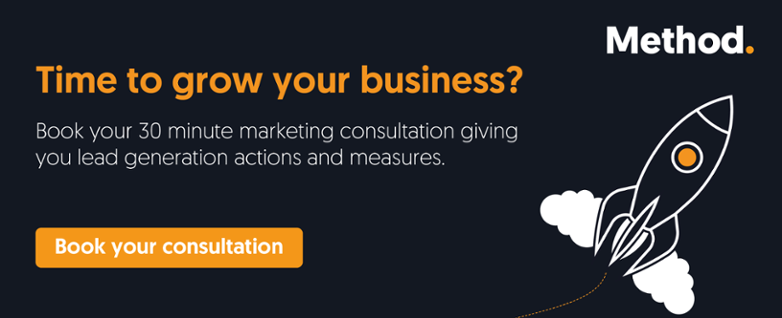It’s the reason we queue up for 10 minutes in the freezing cold to receive a giveaway latte from a new café opening. It’s the reason we drink 5 pints of 'unlimited refill' Pepsi Max at the pub. It’s why we come home with a pocket full of tiny Ikea pencils we'd never actually buy.
Dropping the marketing F bomb radically changes consumer behaviour. The normal marketing rules simply don't apply when 'free' is involved. Include that four letter word in your copy and rationality is wiped off the table - just like that.
This is a fascinating rabbit hole of behavioural marketing that taps into the very core of human nature. The word 'free' is a deep emotional trigger which has shaped the way we market forever.
And it's everywhere. Every business uses it, in some way. There are different models of 'free', like:
- Giveaways
- Subscriptions
- Free samples/trials
- Buy one get one free
- Free shipping
So, what makes 'free' the most powerful word in the marketing world? And what are the smartest ways of using ‘free’ to turn leads into prospects?
It makes us feel like we are saving, even when we’re not.
The word 'free' triggers an emotional response. We all like saving money, that's a no brainer. It's a feasible way of gaining instant gratification, without using any of our resources up. It also makes us feel as though we must return the favour of being given something for free. Each year, the US spends 2 billion dollars on free samples in the hope that prospects will financially reciprocate the gesture - and it works.
'Free' affects customers in varying ways, depending on the nature of the deal.
Let’s take ‘free shipping’, for example. In a sample of 1000 participants, 77% said free shipping made them more likely to buy an item online. Yet consumers would rather pay a premium for the product, and receive the product delivery for free (HubSpot, 2022).
It's no wonder then, that retailers will bump up the price of the item, to accommodate for 'free' shipping. That’s because the product itself is tangible: we can feel, see, and touch it. But the ‘shipping’ part? As far as the consumer is concerned, it's a totally invisible process. We don’t gain anything for the courier cost. We simply never experience the 'staging area' of the product or service.
By diminishing these unnecessary middle ground fees, the retailer drastically increases the attractiveness of not only the product, but the customer's whole experience with the company. That’s because ‘the free thing obscures the fact that you’re paying premium price' (HubSpot, 2022).
Amazon are the pioneers of this marketing technique. Amazon splash the F word around more than Gordon Ramsay. By adding so many added freebies included with a Prime membership, they increase the level of exclusivity associated with the subscription, and make the customer feel inclined to shop more with Amazon so they can take advantage of never-ending free shipping.
Then there's 'By One Get One Free.' Do it right, and you can increase the profits of a product, even though they sold double the amount. For example, Burger King added a dollar onto the price of their sandwiches, then marketed the product as Buy One Get One Free. So even though people were paying a premium for the original product's value, they still paid more anyway just to get the extra product for free.
A marketing power tool for any business
Initially, using the 'free' strategy comes with a price tag for the business. Using the F word for incentives or giveaway campaigns requires maths and strategy - as well as a good look at the business plan.
Any business, of any scale can use the F word. It's like using a golden ticket, a power tool that cuts corners of relationship building, and instantly turn heads. But it's effectiveness depends on timing, consistency and delivery.
'Free' can be the difference between a lead, and a prospect. But use it wrong, and it can quickly cause disappointment.
Free is delicate. Handle it with care.
We’re all a bit more attuned to the catches that can come with 'free.' It comes with baggage. In the magic moment of discovering 'free', we often gloss over the fine print. Particularly in the current climate, everyone is trying to save as much money as possible. And sometimes, things really are too good to be true.
The golden rules of using the 'F' word:
- Use it at the right time - many businesses fall short by using it as a corner cutter
- Don’t call it free, unless it’s actually free
- Be upfront about the 'catch'
- Emphasise the value
- Do the maths
Speaking of freebies...
Want something for free?
Here’s a genuine freebie from Method, no strings attached. We've got a load of free resources which are richly packed full of insightful marketing info. Choose from templates, in-depth marketing guides, and a podcast - all for free.
Or if you fancy a straight up consultancy chat, we offer a free 30 minute demo call with James to explore how Method can help your business achieve rocketing growth in 2023.




